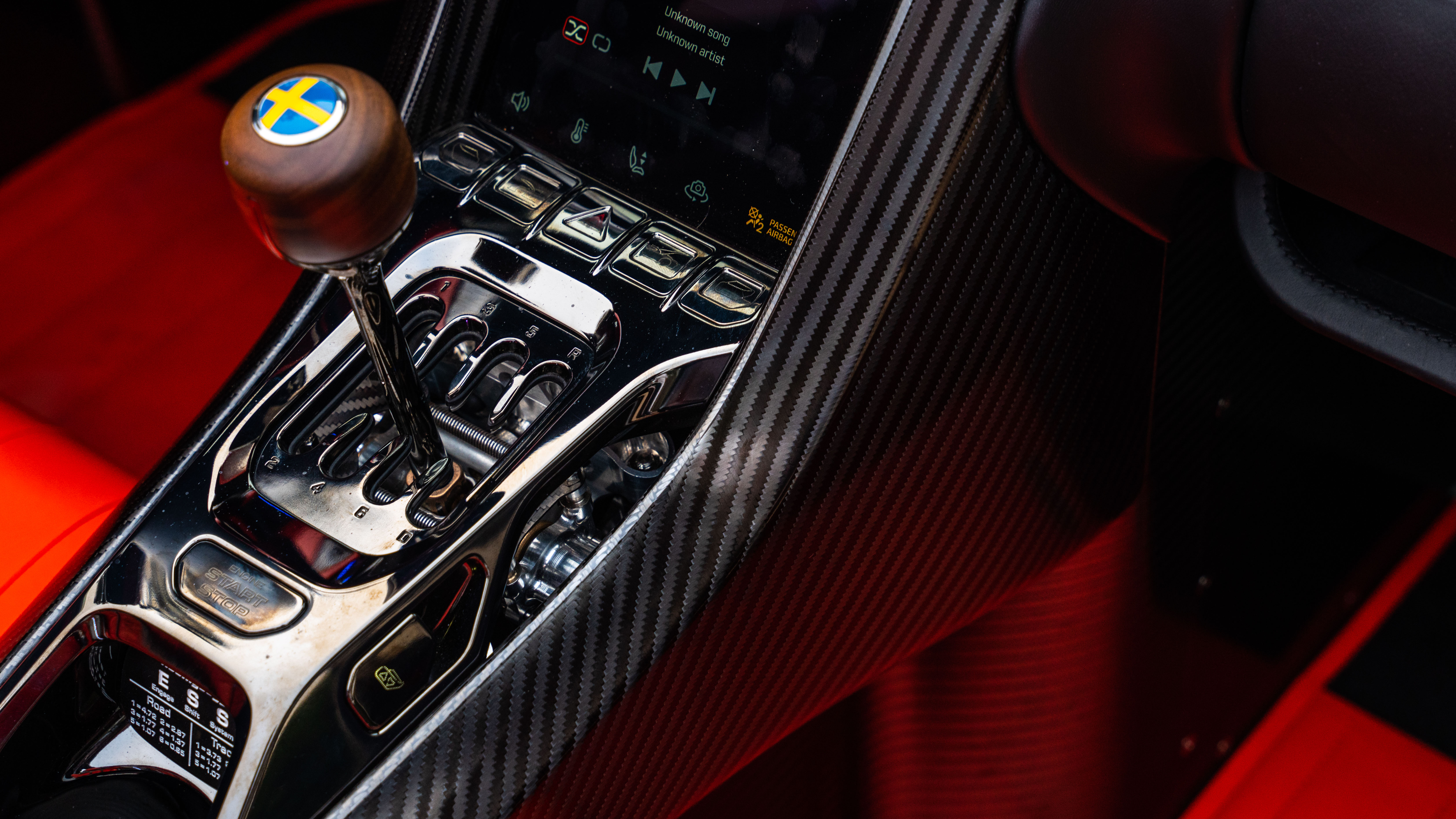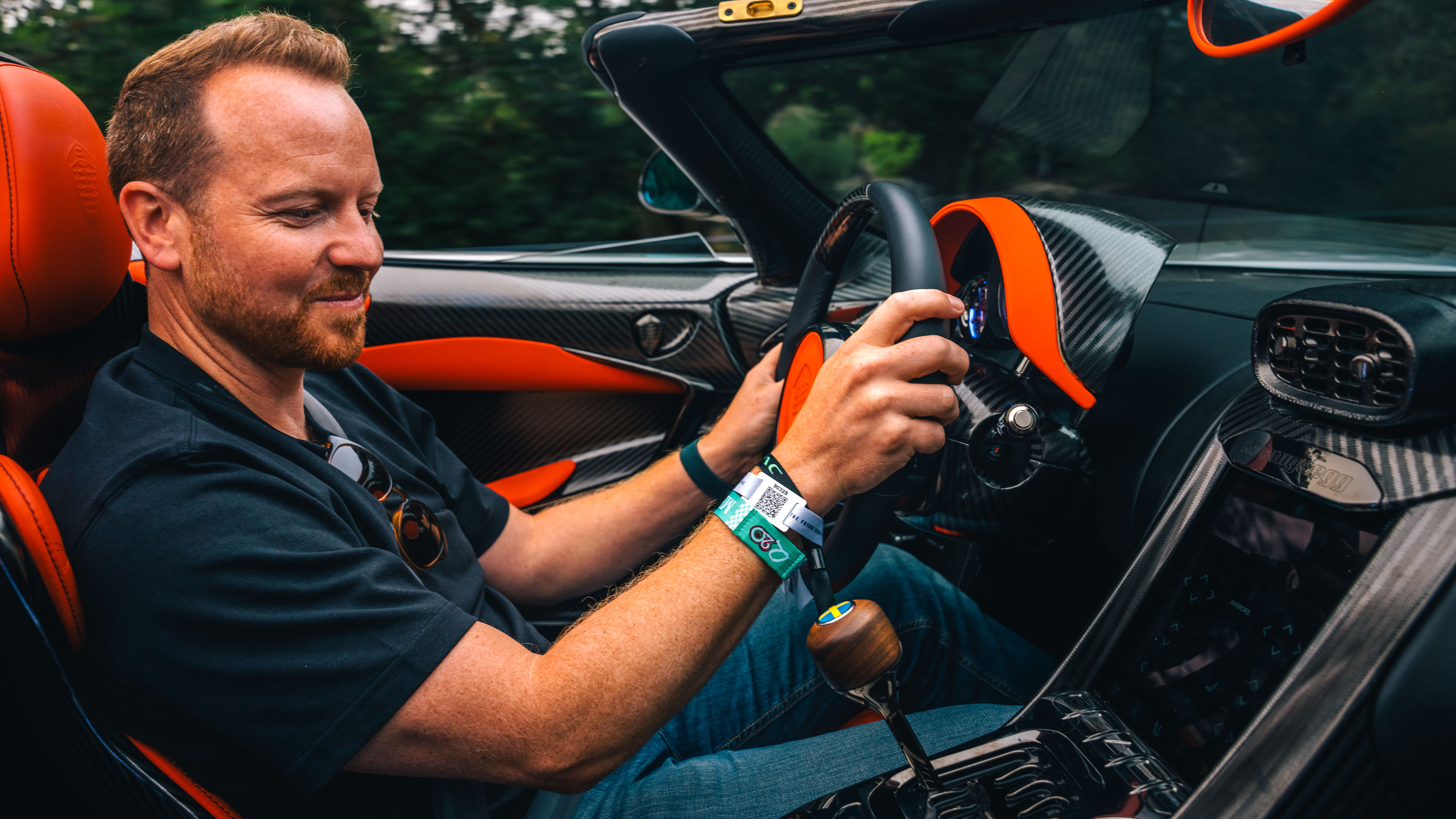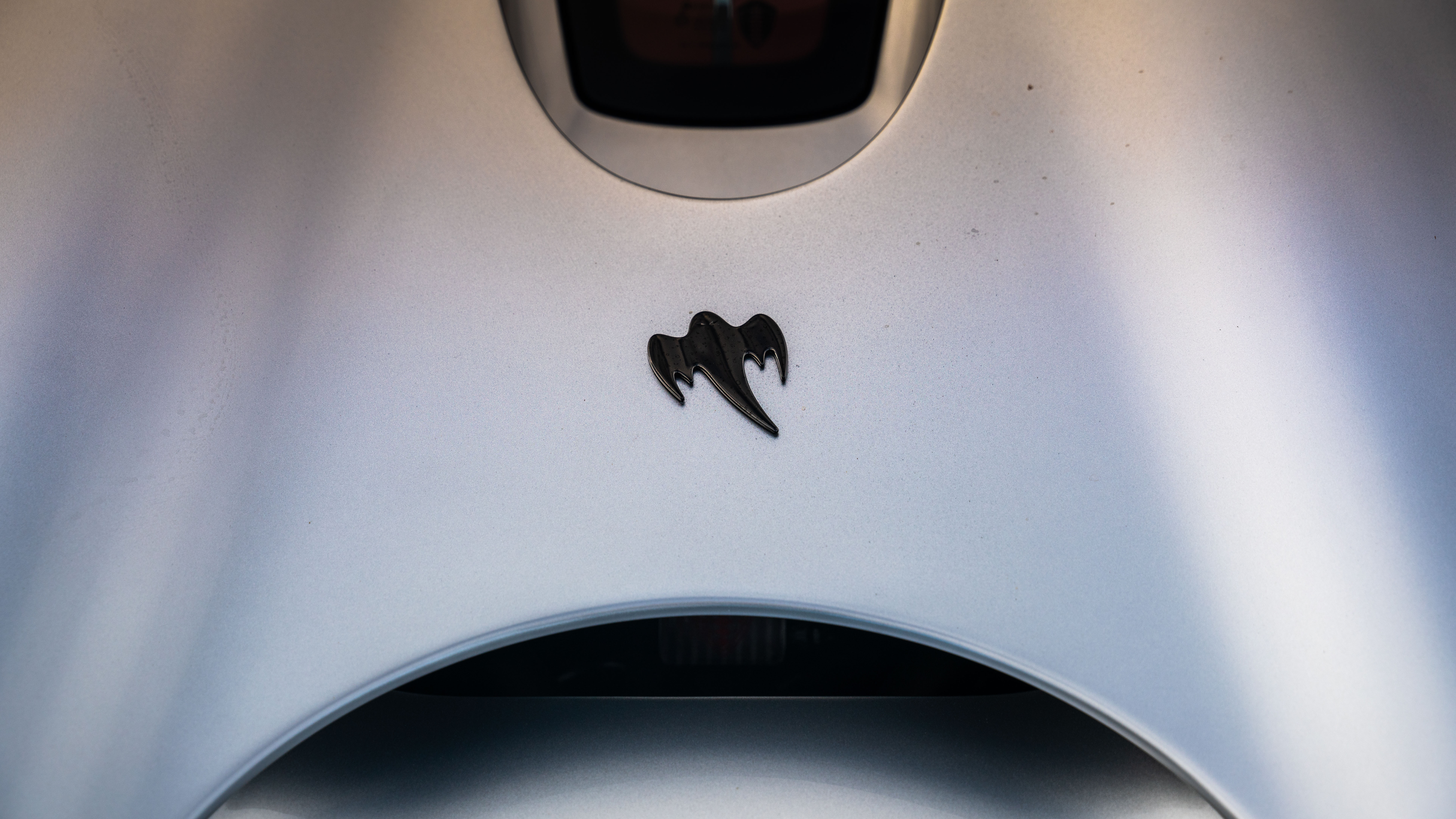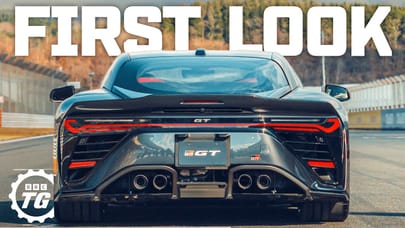
Does Koenigsegg's complex CC850 gearbox feel like a proper manual? We try it
This isn’t just any manual gearbox, this is a Christian von Koenigsegg manual gearbox. Time to test it out
When was the last time you had a big idea? I’m talking about a real brain fizzer with boundless possibilities. Usually, these are identified by intense periods of daydreaming that follow, focused on how you’ll spend your billions now that untold riches are merely a formality. The problem is that bit in between – all the figuring out, organising and worrying – and so another solid gold money maker slips away. Christian von Koenigsegg has these lightbulb moments more often than I cut my toenails, but he doesn’t operate like the rest of us. That pesky middle part? It’s where he chooses to live – without fear of cost, or doubt of outcome.
Christian’s latest brain biscuit involves taking his already fiercely complicated and innovative nine-speed Lightspeed automatic transmission and throwing software, actuators and a waggly stick at it until it looks, feels and acts exactly like a manual gearbox. Why? Motivation came when he and his team set about designing the Jesko-based CC850 – a £3.3m retro-homage to the first production 'Segg, the CC8S – and they wanted something that embodied the analogue vibes with a nod towards the OG’s six-speed manual.
Great, just tap up a reputable supplier for something that can handle all 1,020lb ft of torque from the 1,366bhp 5.1-litre twin-turbo V8, bolt it in, and you’re golden... is how most people would approach this, but for CvK that was a total non-starter once you consider the benefits of the so-called Engage Shift System (ESS). “First of all, you wouldn’t have the option of putting it in fully automatic mode like you have here, secondly you would need a flywheel on the engine, which would kill its free revving character and a traditional manual would actually be heavier. It would also create more homologation work, because this way we only need to verify that with a manual layer the drivetrain works as well.”
Starting to make sense to our puny little brains now, isn’t it? But how does it work? To answer that, first we need a grasp on how the auto gearbox it piggybacks functions. With six forward gears on two separate shafts, each with an individual clutch and a seventh clutch for reverse, it operates like a derailleur system on your bicycle – close a clutch on each shaft and any of the three gears on one can combine with any of the three on the other to produce a unique ratio, giving you nine ratios in total. It also means it’s smaller and two-thirds the weight of a comparable double-clutcher.
All the ESS does is add a clutch by wire and shift by wire control system, and some fun software logic to make it do manual-y things. Push the clutch pedal down with your left foot and all seven clutch packs are open, select first gear with the stick and the clutch on the first shaft engages in preparation, lift the pedal and the clutch on the second shaft engages and off you go... just like a manual. All that’s left is to create force feedback on the pedal and shifter to mimic what you’d experience if it were a mechanical process. And because you’ve got nine ratios to play with and only six slots on the gorgeous open gate, you can play with what ratio those slots correspond to depending on your driving mode. In Track mode, for example, you get a much longer and therefore usable first gear.
The mental leap here is accepting that it’s closer to the real thing than it seems. Your left foot is moving a clutch pack and the gearstick is engaging gears, they’re just doing it with precision electronics rather than squeezing hydraulic fluid or physically moving metal bits. And all the foibles of a traditional manual have been baked in: lift the pedal too suddenly and it’ll stall, you can slip the clutch and you can’t engage a lower gear if the revs are too high – making it operate properly is a prize to be learned, not a given.
As I demonstrated with aplomb in front of a group of onlookers, when I slipped the clutch like a learner, then stalled on the postcard perfect 17-Mile Drive in Monterey, California. In my defence, this was an early version of the system before the force-feedback on stick and pedal was activated, and trying to balance an engine that revs like a nitrous superbike, on a light clutch pedal with no nibble at the biting point, is like juggling with kitchen knives. It was also a slow speed demo, so despite this being the first time anyone’s driven the CC850, there was no on the limit handling assessment, that’s for another day. But the gearbox? Yep, it looks like a manual, works like a manual, quacks like a manual... it’s a manual.
Even on this brief mooch about, you can feel the principle working its magic. I’m below 40mph the whole way, not even scratching the outer membrane of this car’s performance, and yet my absorption in the process is absolute. I’m reading the road better, listening to the feedback the car’s giving me, planning downshifts, laser focused on the process of paddling along and improving. Even at leisurely pace a manual supercar doesn’t give its fruits up so easily, which translates to a refreshingly old school flavour, even if the technology enabling it is bleeding edge.
“There are millions of things that can be done to make it easier to drive, with OTA updates for example, but I’d rather spend the energy on making sure you can’t drive your way around the real feeling,” Christian explains. I ask him where his confidence in making these ideas stick comes from: “I guess it comes from 30 years of throwing down the gauntlet, heading into the unknown and somehow making it work. I don’t have any particular religious faith, but I’ve learned over time to believe.”
Top Gear
Newsletter
Thank you for subscribing to our newsletter. Look out for your regular round-up of news, reviews and offers in your inbox.
Get all the latest news, reviews and exclusives, direct to your inbox.
Trending this week
- Car Review
BMW 1 Series










